Most people are aware that 66 million years ago, the world experienced a mass extinction. This occurred at the end of the Cretaceous Period. People commonly consider this to be the extinction of the dinosaurs. So, what really happened to dinosaurs? Where did they go?
There is some lively discussion surrounding this question, but the answer is quite straightforward. An asteroid hit. This is firmly established, supported by all sorts of evidence, including a global layer of meteorite ash, and a 100-mile-wide crater.
However, there are those who insist that dinosaurs didn’t go extinct but just evolved and changed in many ways. If this theory sounds a little too crazy for you, read this list of 25 Odd And Bizarre Facts About Dinosaurs You Probably Didn’t Know. We promise to shed some light on the topic.
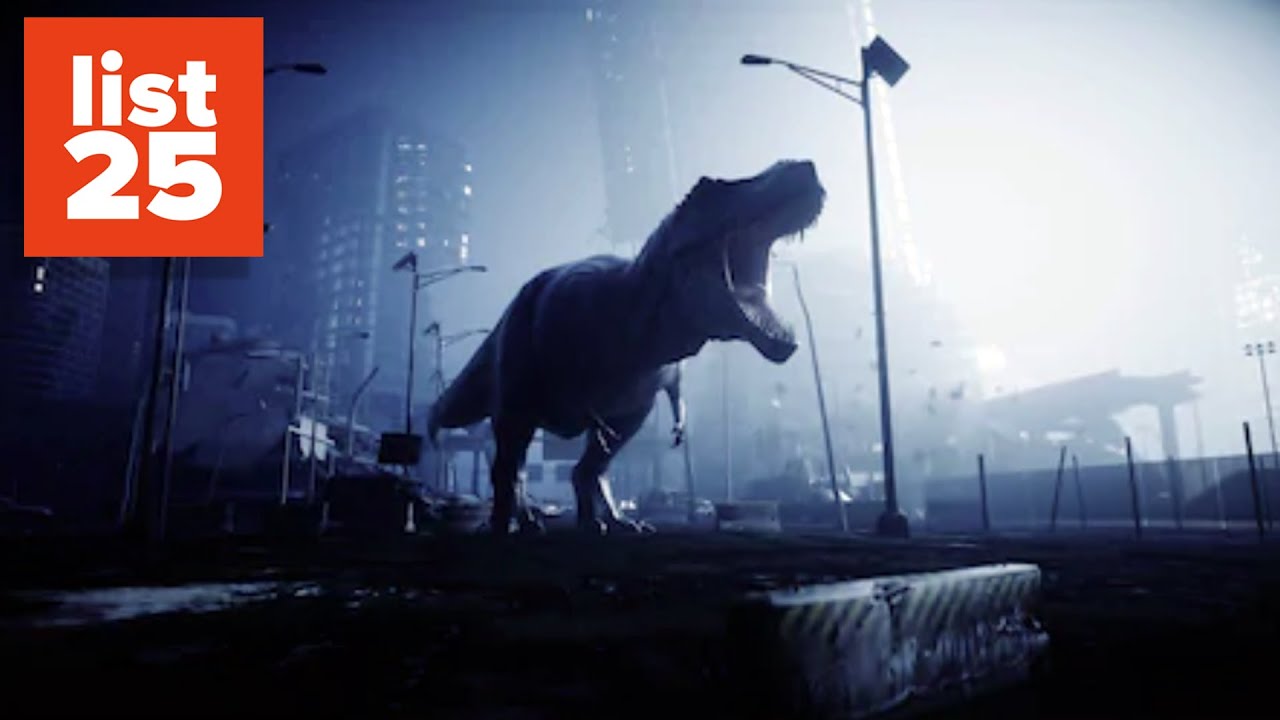
More ancient than ... ancient!
 https://en.wikipedia.org/wiki/Dinosaur
https://en.wikipedia.org/wiki/Dinosaur Dinosaurs first appeared in the Mid-Triassic period and became the dominant terrestrial vertebrates in the Late Triassic or Early Jurassic period.
They dominated life on earth for 135 to 150 million years, until their demise at the end of the Cretaceous Period. (And we dare to say that we’re the most dominant species in Earth’s history for, what, a few thousand years of human civilization?)
Saltopus, the father of them all
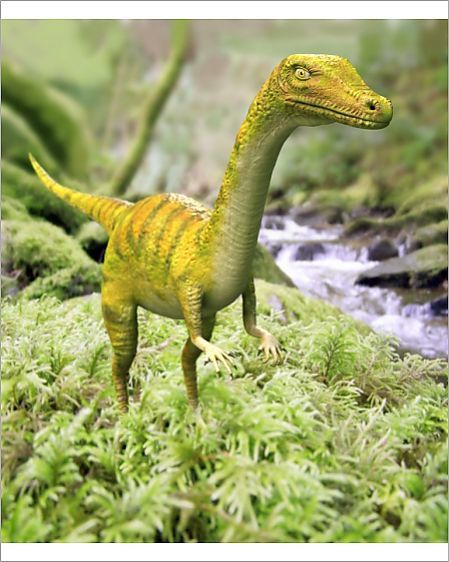 https://www.nhm.ac.uk/discover/dino-directory/saltopus.html
https://www.nhm.ac.uk/discover/dino-directory/saltopus.html The oldest known dinosaur is the Saltopus. It was a small carnivore and that likely lived over 245 million years ago.
It was probably under one meter in length when fully grown, even though we can’t be totally sure as only a fragmentary skeleton has been found.
Weird "Ichthyosaur" babies
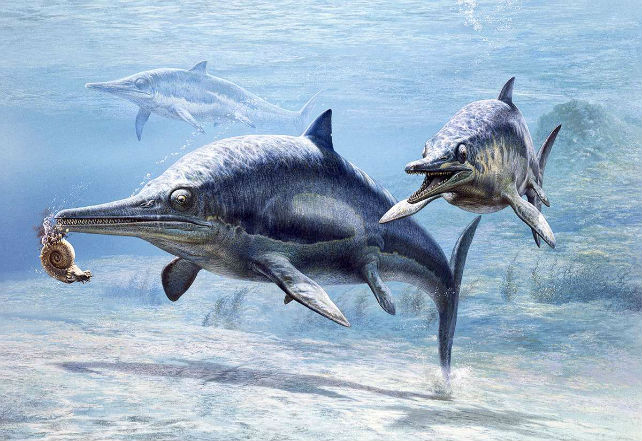 https://en.wikipedia.org/wiki/Ichthyosaur
https://en.wikipedia.org/wiki/Ichthyosaur Some may argue, however, and claim that Ichthyosaurs appeared around 250 million years ago; thus, 5 million years before the Saltopus.
Ichthyosaurs were large marine reptiles and resembled lizards … very big lizards that could swim. The crazy thing about them was that they were born tail-first.
Why? Well, if they had been born head-first, they would have drowned before they could reach the water’s surface to take their first breath.
Dinosaurs with high IQ
 https://en.wikipedia.org/wiki/Troodon
https://en.wikipedia.org/wiki/Troodon Even though dinosaurs were not known for being super bright, there were some exceptions to this rule. The smartest dinosaur was probably the Troodon. Its name, by the way, means “tooth that wounds.”
A Troodon had a brain the size of a big bird (which was huge for dinosaur standards). It also had grasping hands and stereoscopic vision.
Smallest dinosaur ever
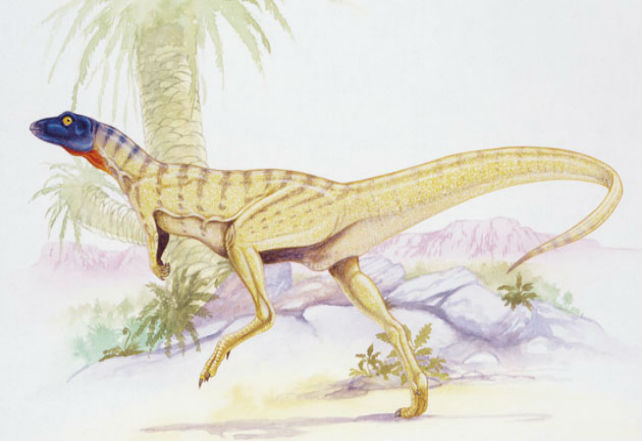 https://en.wikipedia.org/wiki/Lesothosaurus
https://en.wikipedia.org/wiki/Lesothosaurus The smallest fully-grown dinosaur fossil is the Lesothosaurus. This kind of dinosaur had the same size as a chicken.
For the record, smaller fossils than that of the Lesothosaurus have been found, but they belonged to baby dinosaurs.
The mighty Stegosaurus
 https://en.wikipedia.org/wiki/Stegosaurus
https://en.wikipedia.org/wiki/Stegosaurus The Stegosaurus had huge upright plates on its back that could grow as large as 30 inches.
While scientists do not fully understand the function of these massive plates, they speculate that the Stegosaurus could control its body temperature by regulating blood flow through them.
A Stegosaurus may have also been able to control its skin color this way, to either attract a mate or scare predators. Scientists call this color change “blushing.”
Fastest dinosaur ever
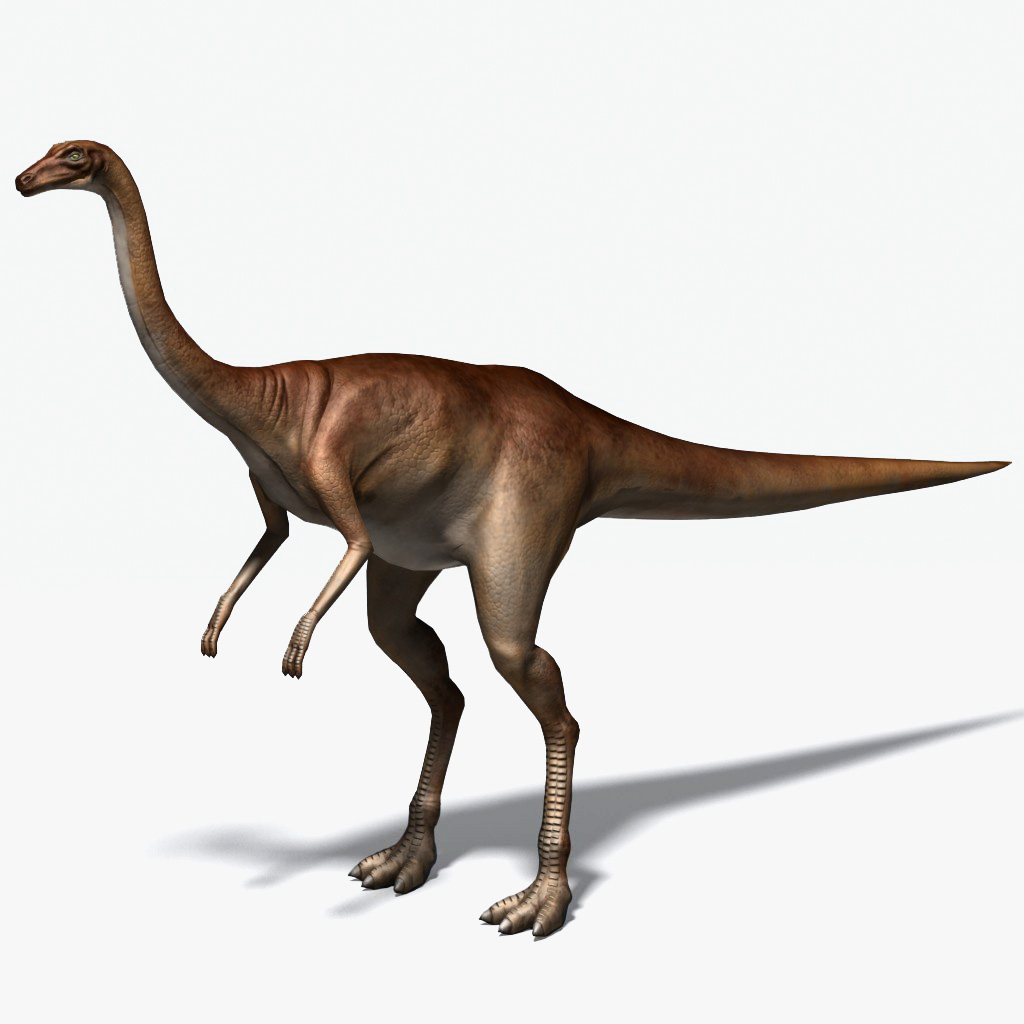 https://en.wikipedia.org/wiki/Ornithomimus
https://en.wikipedia.org/wiki/Ornithomimus Generally speaking, dinosaurs were not known for running fast. However, there was a certain kind of dinosaur that could run really fast.
The Ornithomimus is considered to be the fastest dinosaur to ever live as it could run up 70 km/h. In case you’re wondering how scientists can estimate such things, we’ve got the answer for you.
They guess how fast a dinosaur walked or ran by looking at the gaps between its footprints. Kind of a cool scientific method, isn’t it?
Claws and teeth
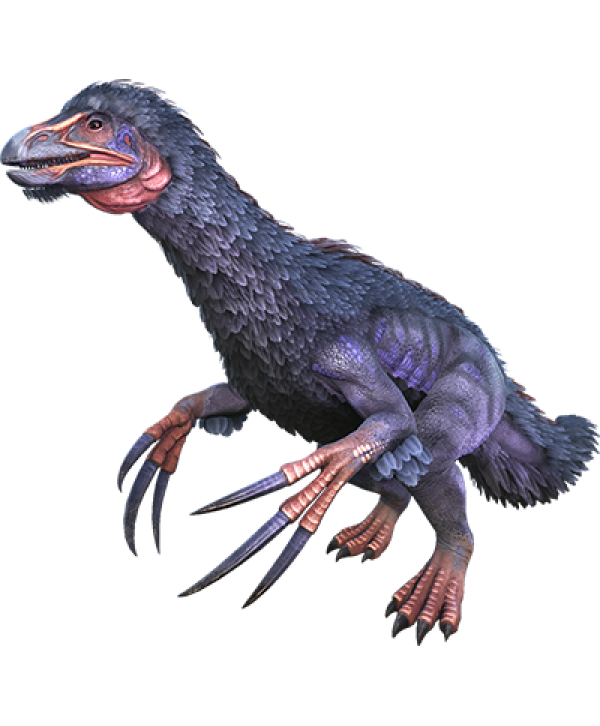 https://en.wikipedia.org/wiki/Therizinosaurus https://simple.wikipedia.org/wikiHadrosaur
https://en.wikipedia.org/wiki/Therizinosaurus https://simple.wikipedia.org/wikiHadrosaur The dinosaur with the longest claws was the Therizinosaurus (“reaping lizard”). Its claws were up to three feet long.
As for the toothiest dinosaur ever? The Hadrosaur had around 1,000 teeth and it continually grew new ones (during its youth).
Gigantic skulls
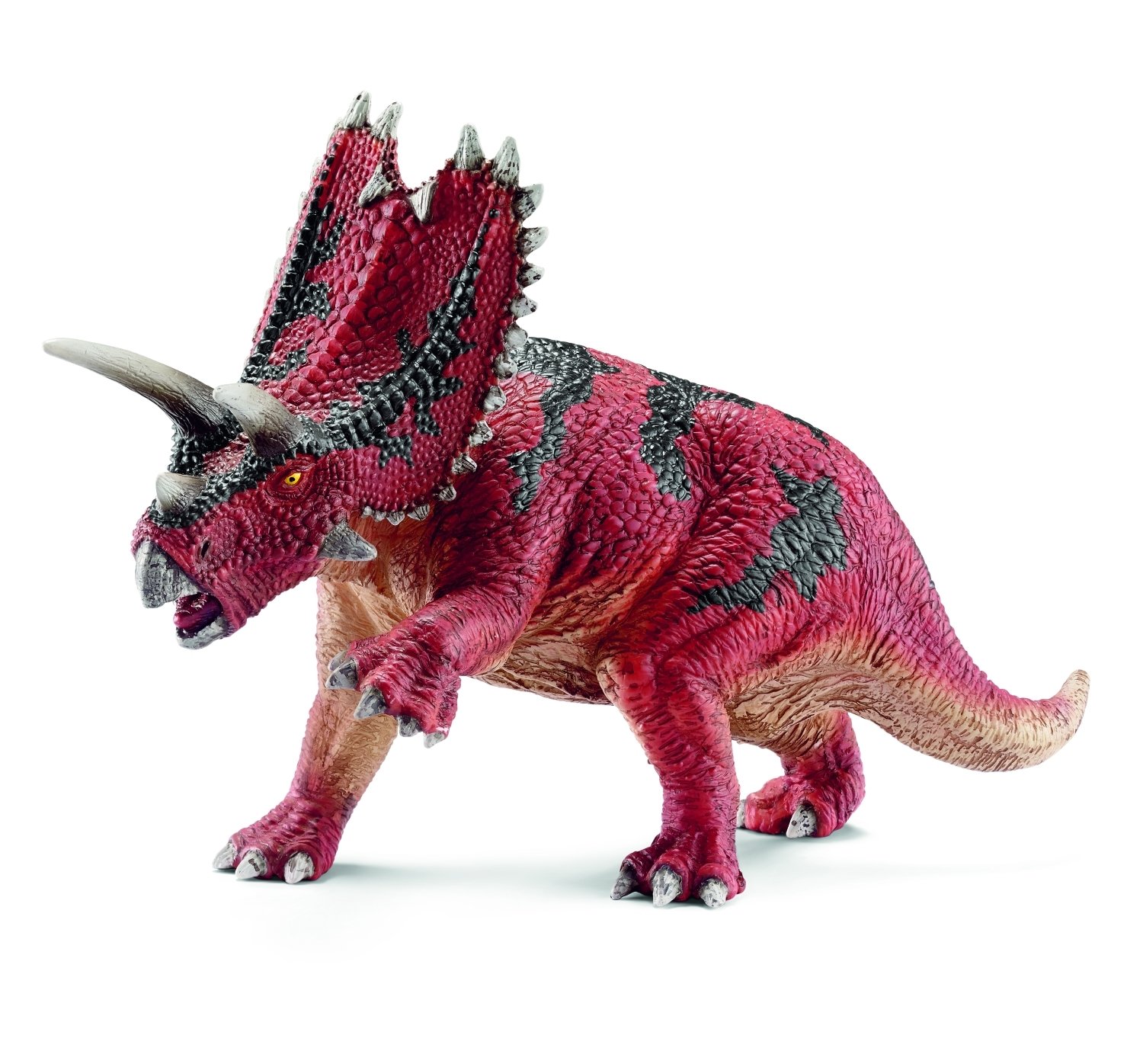 https://en.wikipedia.org/wiki/Pentaceratops https://en.wikipedia.org/wiki/Pachycephalosaurus
https://en.wikipedia.org/wiki/Pentaceratops https://en.wikipedia.org/wiki/Pachycephalosaurus Dinosaur skulls had extremely large holes that made their skulls lighter. Some of the largest skulls were as long as a vehicle. The Pentaceratops, to be precise, had the biggest skull of them all at 10 feet long.
The dinosaur with the thickest skull was the Pachycephalosaurus. Its skull grew up to 8 inches thick
Super-big fishes
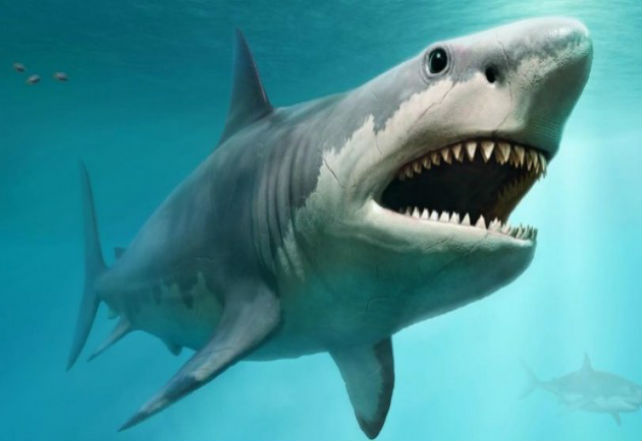 https://en.wikipedia.org/wiki/Megalodon
https://en.wikipedia.org/wiki/Megalodon The Megalodon was the biggest prehistoric fish.
It looked like a shark, but it was about three times bigger and much more aggressive and mean than our modern sharks.
Sauropods the "travelers"
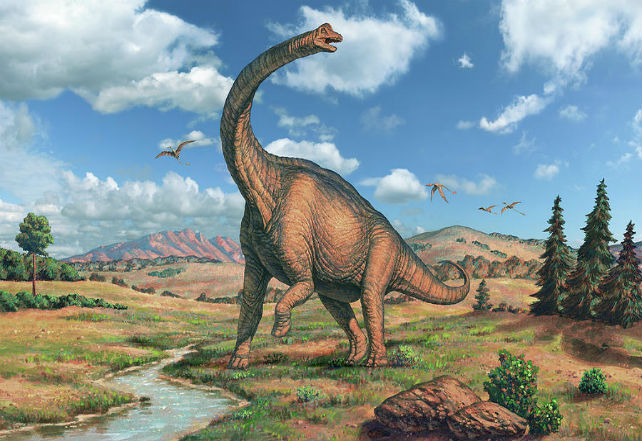 https://simple.wikipedia.org/wiki/Sauropod
https://simple.wikipedia.org/wiki/Sauropod Sauropods, also known as “Lizard-Footed,” could travel many miles each day thanks to their huge legs. Their fossilized trackways can still be traced today.
Interestingly, Sauropods are considered the tallest animals to ever walk on earth. Some of them were twice as tall as a giraffe.
Strongest bite
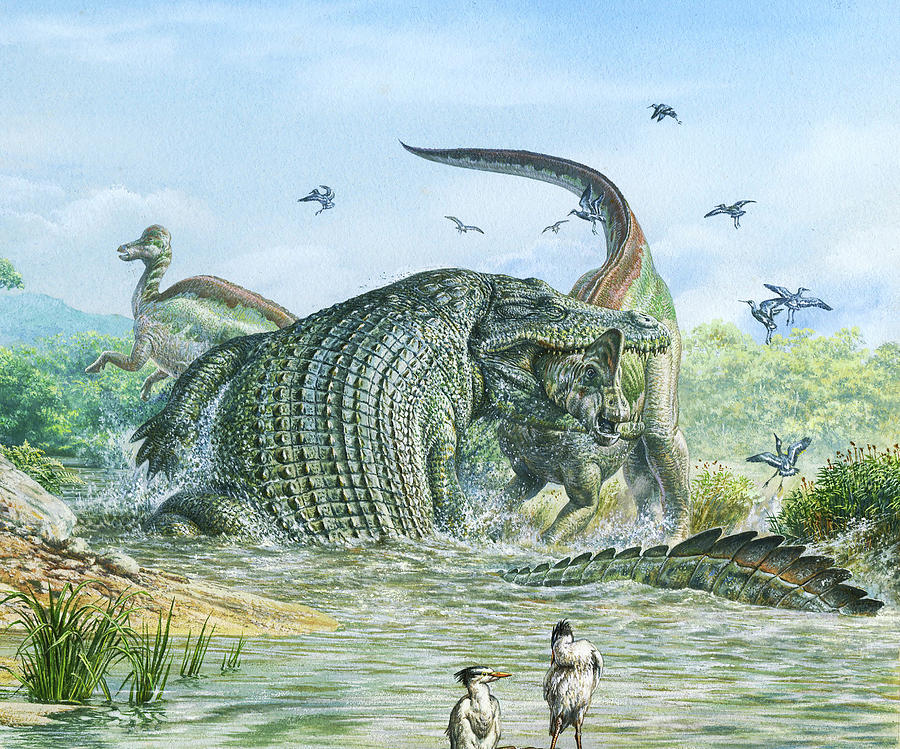 https://en.wikipedia.org/wiki/Deinosuchus
https://en.wikipedia.org/wiki/Deinosuchus The Deinosuchus was a gigantic prehistoric crocodile. It’s believed that it had the strongest bite out of any dinosaur, including the Tyrannosaurus rex.
It weighed eight times more than a modern crocodile. Can you picture that? Even Gustave – the deadliest crocodile of our times – would look like a dwarf compared to a Deinosuchus.
Tyrannosaurus Rex the meat lover
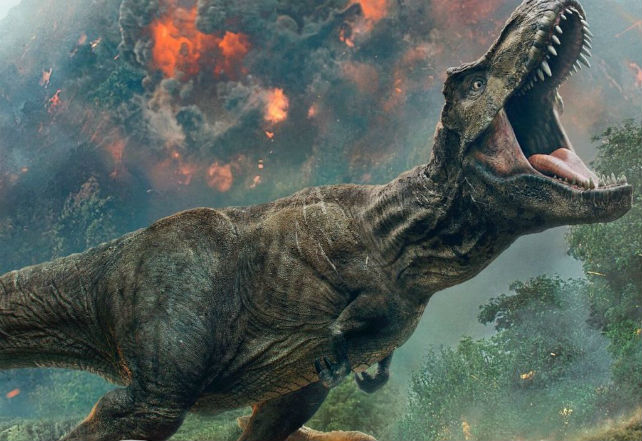
Since we mentioned the Tyrannosaurus Rex, we can’t help but mention this monster’s eating habits.
A T. Rex ate up to 22 tons of meat a year. The funny thing is that it had jagged teeth six inches long and thus couldn’t chew very well. As a result of this, it swallowed its food in large chunks.
Dinosaurs ate rocks sometimes
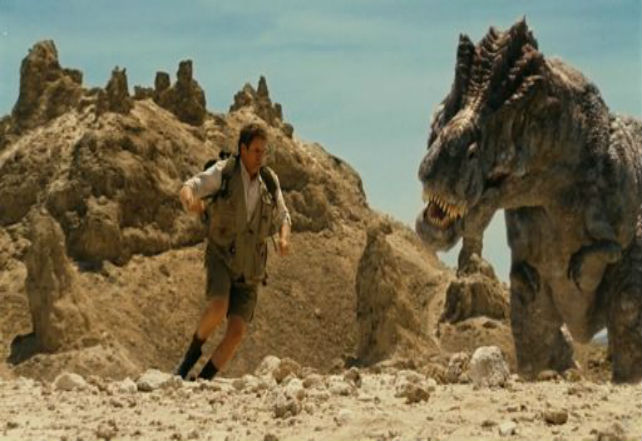 https://www.sciencedaily.com/releases/2006/12/061220095421.htm
https://www.sciencedaily.com/releases/2006/12/061220095421.htm If you’re not amazed at the Tyrannosaurus Rex’s eating “skills,” though, allow us to tell you about their rock eating.
Yep, several kids of dinosaurs often swallowed large rocks. Why? For functional purposes, mainly. See, these rocks stayed in a dinosaur’s stomach and helped them grind up food.
Meat eaters vs "vegans"
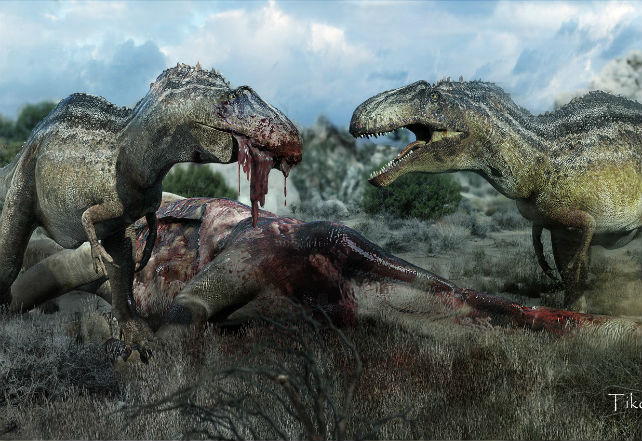 https://www.sciencefriday.com/educational-resources/how-do-you-figure-out-how-dinosaurs-walked/
https://www.sciencefriday.com/educational-resources/how-do-you-figure-out-how-dinosaurs-walked/ Most meat-eating dinosaurs walked on their two feet. This helped them to be faster while hunting, as it left their hands free to catch their prey.
On the other hand, most “vegan” dinosaurs walked on four feet to carry their heavy bodies more comfortably. Some plant eaters could balance on two feet for a short time.
For the record, the first dinosaurs were carnivores. The “vegans” and omnivores appeared later.
Dinosaurs were like cows ... in a way
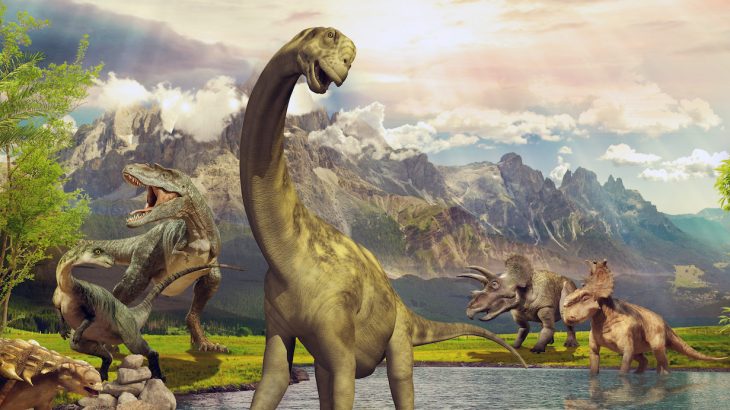 https://www.enchantedlearning.com/subjects/dinosaurs/anatomy/Herds.shtml
https://www.enchantedlearning.com/subjects/dinosaurs/anatomy/Herds.shtml These “vegan” dinosaurs often lived together for protection, like herds of cows do today.
The herds ranged from just a few adults and their young to as many as thousands of animals.
Dinosaurs had tiny brains
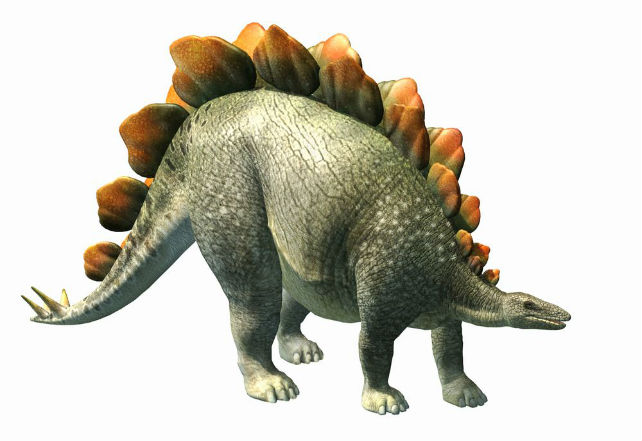 https://www.jstor.org/stable/2459034?seq=1
https://www.jstor.org/stable/2459034?seq=1 When we say tiny, we mean tiny. To get an idea of what we’re talking about, keep in mind that a newborn human baby has a bigger brain than most adult dinosaurs had.
The Stegosaurus has the smallest brain for its body size of any known dinosaur. Its body was roughly the size of a van, but it had a brain the size of a walnut.
Smallest dinosaur skeletons
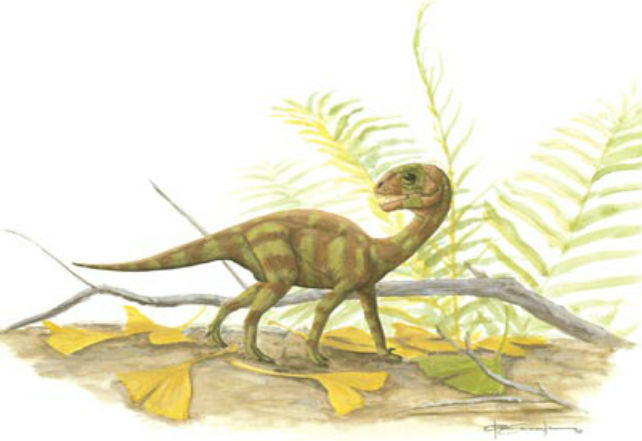 https://en.wikipedia.org/wiki/Mussaurus
https://en.wikipedia.org/wiki/Mussaurus A baby Mussaurus, also known as “mouse lizards,” have the distinction as the smallest dinosaur skeletons ever found.
To get an idea of how small they are, they could literally fit inside an ordinary shopping bag like the ones you get in a supermarket.
Not the biggest creatures ever
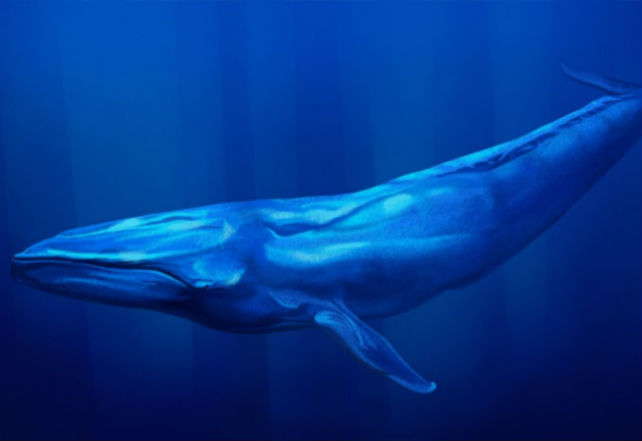 https://slate.com/technology/2014/04/whales-or-dinosaurs-what-are-the-biggest-heaviest-longest-animals-ever.html
https://slate.com/technology/2014/04/whales-or-dinosaurs-what-are-the-biggest-heaviest-longest-animals-ever.html Contrary to popular belief, dinosaurs are not the biggest living creatures to ever occupy this planet.
The blue whale is bigger than any dinosaur in history, as this whale can grow to as long as 108 feet (33 meters).
First dinosaur bone ever found
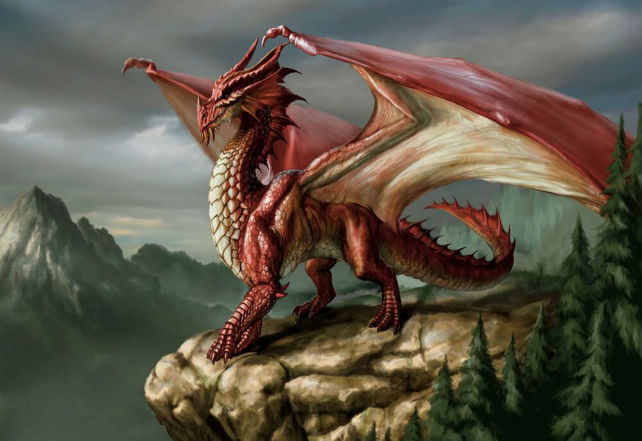 https://en.wikipedia.org/wiki/History_of_paleontology
https://en.wikipedia.org/wiki/History_of_paleontology The first recorded description of a dinosaur bone discovery goes back to 1,500 BC in China.
When the bone was discovered, however, people were not aware of dinosaurs yet. So, originally, the Chinese thought that the remains belonged to dragons.
Diversity in dinosaur "culture"
No one will ever blame dinosaurs for lack of diversity. Scientists estimate that there were over 1,000 different species of non-avian dinosaurs and over 500 distinct genera.
Some experts suggest that there are many still undiscovered dinosaurs; in fact, there may be as many as 1,850 different kinds of dinosaurs.
They had long lifespans (probably)
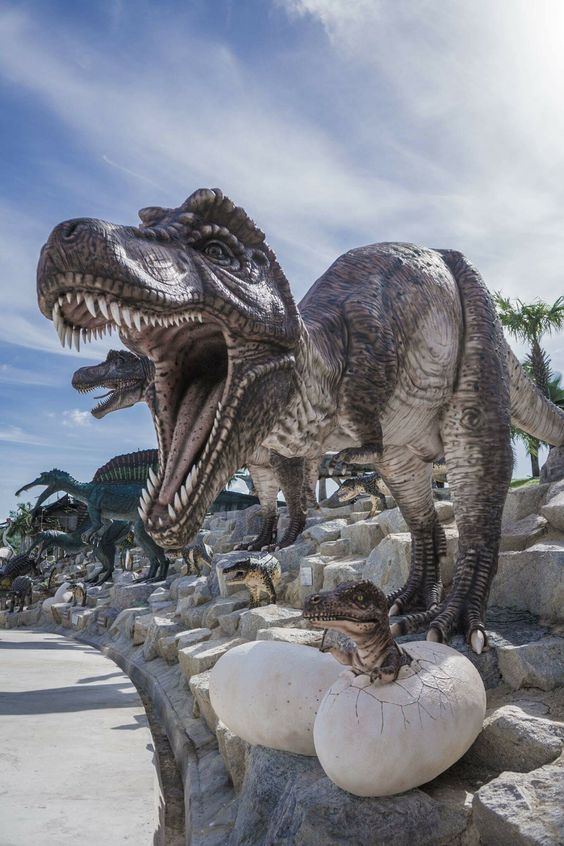 https://www.theguardian.com/science/2009/feb/07/dinosaur-lifespan
https://www.theguardian.com/science/2009/feb/07/dinosaur-lifespan To be perfectly accurate here, the truth is that we don’t really know how long a dinosaur’s lifespan was.
However, some scientists speculate that some dinosaurs lived for as long as 200 years.
The "dawn plunderer"
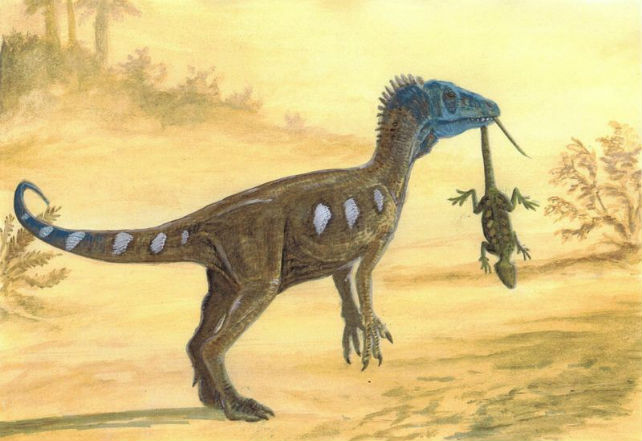 https://en.wikipedia.org/wiki/Eoraptor
https://en.wikipedia.org/wiki/Eoraptor The earliest-named dinosaur discovered thus far is the Eoraptor, also known as “dawn plunderer.” Its nickname derived from the fact that it lived at the dawn of the Dinosaur Age.
The Eoraptor was carnivorous and was roughly the size of a Belgian Shepherd dog. The first skeleton of this dinosaur’s kind was found in Argentina back in 1991.
Why dinosaurs are called ... dinosaurs
Ever wondered why dinosaurs are called dinosaurs? The word “dinosaur” was coined by British paleontologist Richard Owen in 1842. It’s a Greek word and translates to something like “terrible lizard.”
Rather than implying that dinosaurs were fearsome, Owen used the term to refer to their majesty and size.
Not extinct after all?
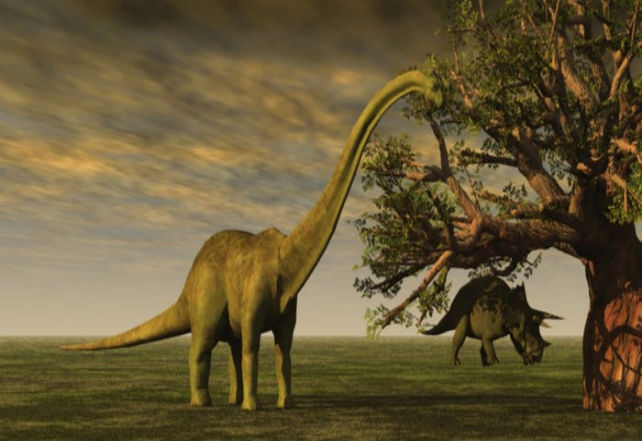 https://www.scientificamerican.com/article/how-dinosaurs-shrank-and-became-birds/
https://www.scientificamerican.com/article/how-dinosaurs-shrank-and-became-birds/ Many scientists believe that birds are dinosaurs; therefore, dinosaurs might not actually be extinct.
How exactly dinosaurs shrank and became birds must be a true miracle of Mother Nature, but some respected scientists believe that a long series of evolutionary changes could have made the transformation possible.



























